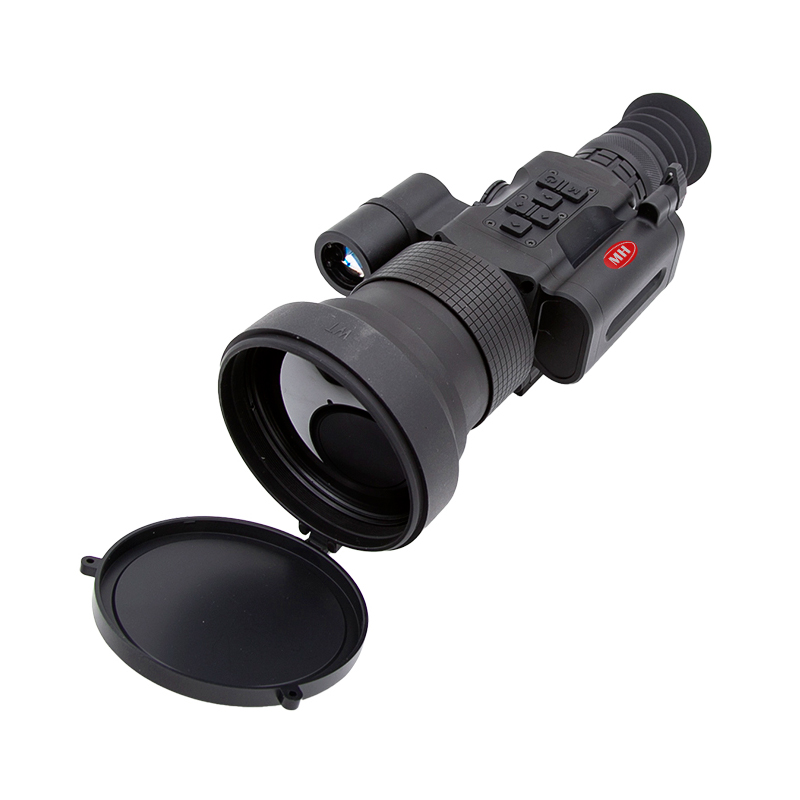
Thermal imaging gun sight is based on the infrared radiation of the target object itself. All objects with a temperature higher than absolute zero (-273.15℃) will emit infrared rays. After the detector in the thermal imaging gun sight receives these infrared rays, it will be processed and converted into a visual thermal image.
Read MoreDecember 25,2024
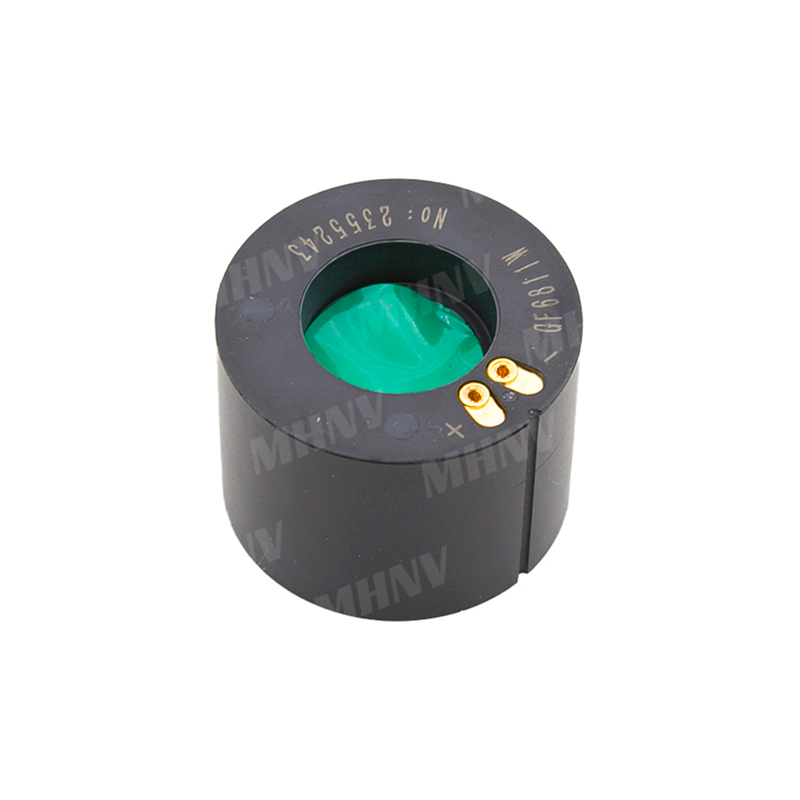
In the future, image intensifier tubes will be more sensitive to weak light, can effectively capture and enhance images in extremely dark environments, and play a greater role in nighttime military operations and security monitoring in low-light environments.
Read MoreDecember 24,2024
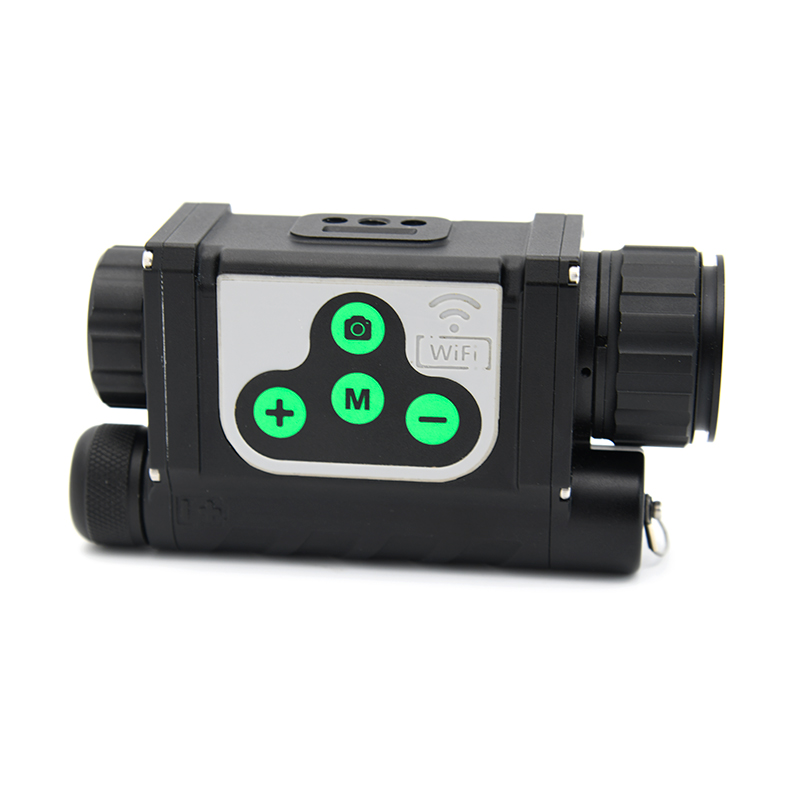
Using head-mounted design, the weight is usually light, such as MH head-mounted monocular infrared thermal imaging night vision device weighs only 430 grams including battery, and it is not easy to wear fatigue for a long time. Moreover, most of them can adjust the wearing position with one hand, which is very convenient to use.
Read MoreDecember 23,2024
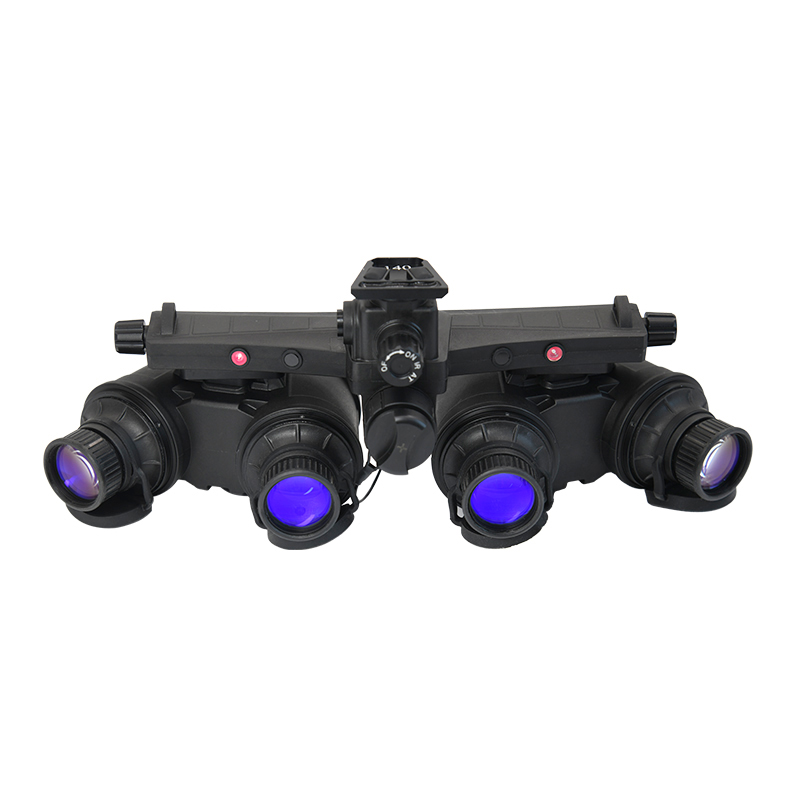
Binocular night vision goggles (PVS-31) usually have a field of view of about 40° - 60°, which can provide a relatively wide field of view, but still have certain limitations. Four-eye night vision goggles (GPNVG-18): One of its biggest advantages is that it has a wider field of view. The horizontal field of view can reach 80° or even wider, approaching or exceeding the normal field of view of the human eye.
Read MoreDecember 21,2024
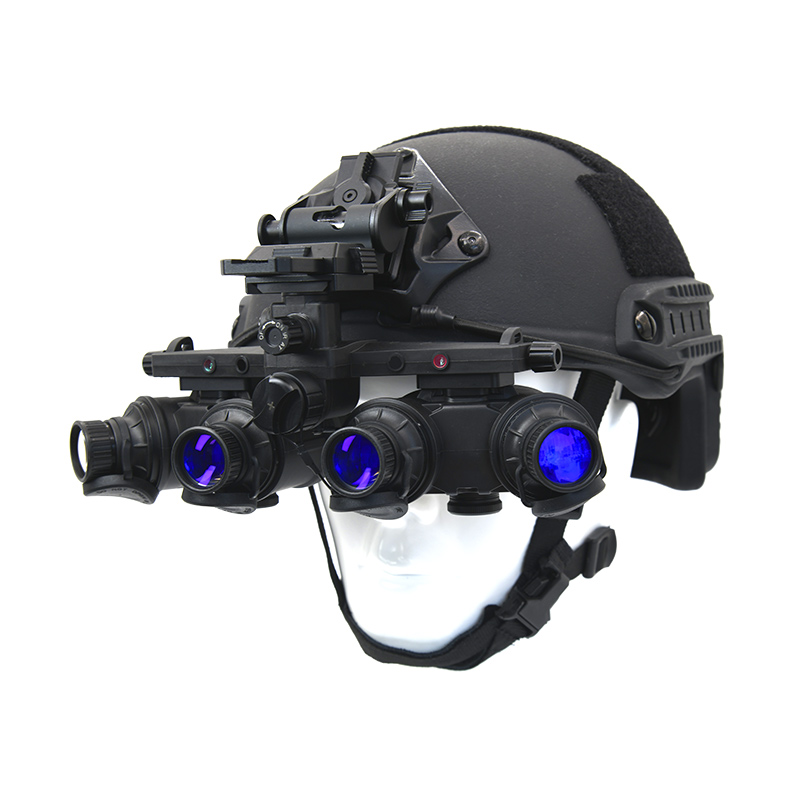
General binocular night vision goggles have a horizontal field of view of about 40°, while four-eye night vision goggles have a horizontal field of view of 80° or wider. For example, the field of view of the GPNVG-18 four-eye night vision goggles can reach 120°, which is close to the normal human eye's inspection range. It allows users to observe a wider range of scenes without frequently turning their heads, greatly improving situational awareness.
Read MoreDecember 20,2024
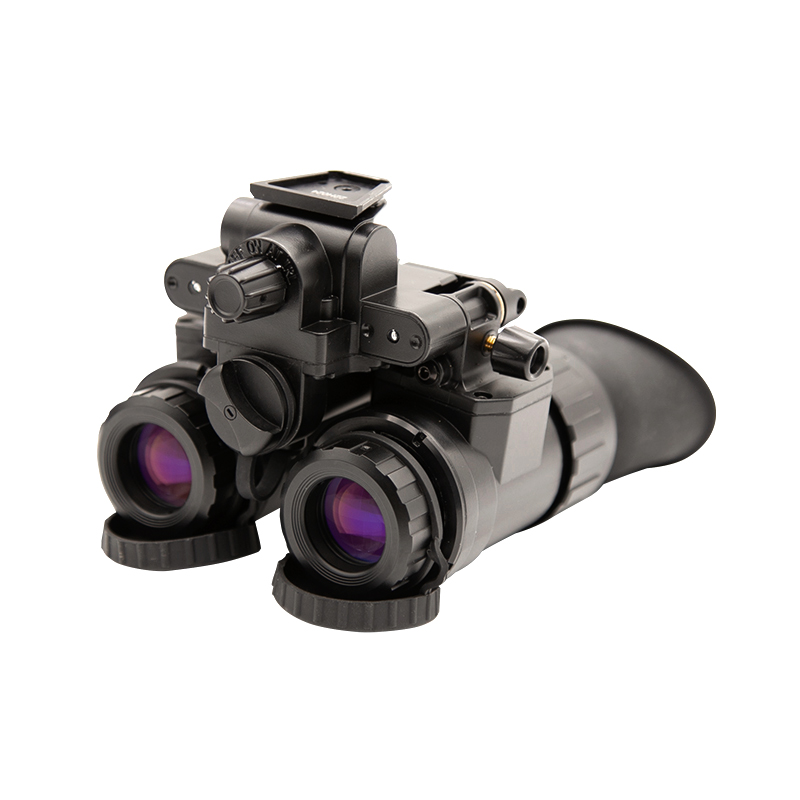
PVS31 binocular night vision goggles can provide binocular vision, which is similar to the normal visual perception of the human eye. It allows users to perceive the depth and distance of objects, forming a three-dimensional image effect.
Read MoreDecember 19,2024
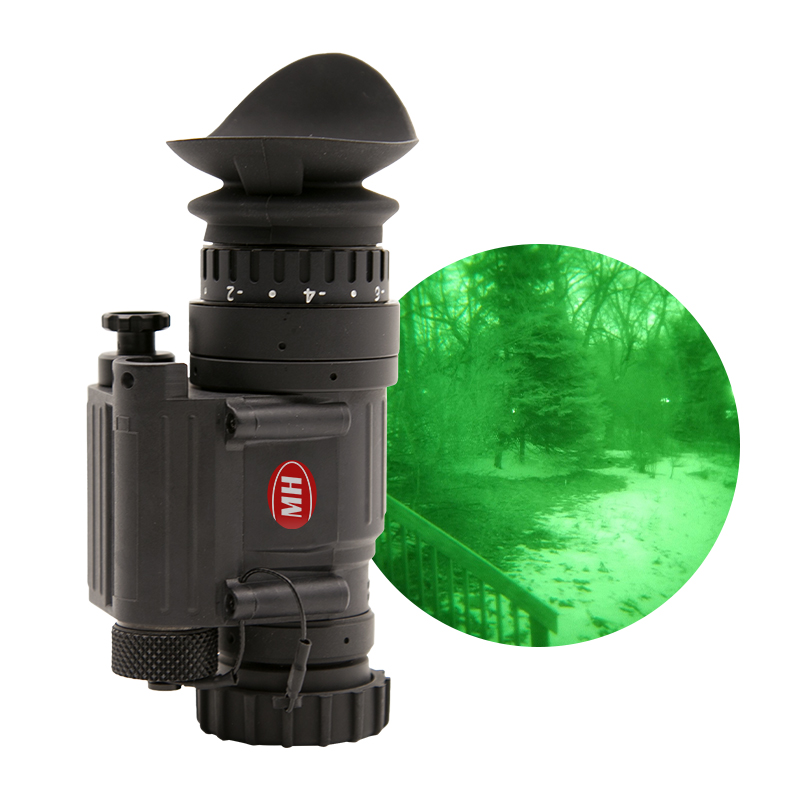
Monocular night vision goggles produce monocular visual effects through monocular observation. Just like looking at something with a monocular telescope, it provides a two-dimensional visual experience. Binocular night vision goggles provide binocular vision, which is closer to normal human visual experience, and it allows users to see images with a three-dimensional sense.
Read MoreDecember 18,2024
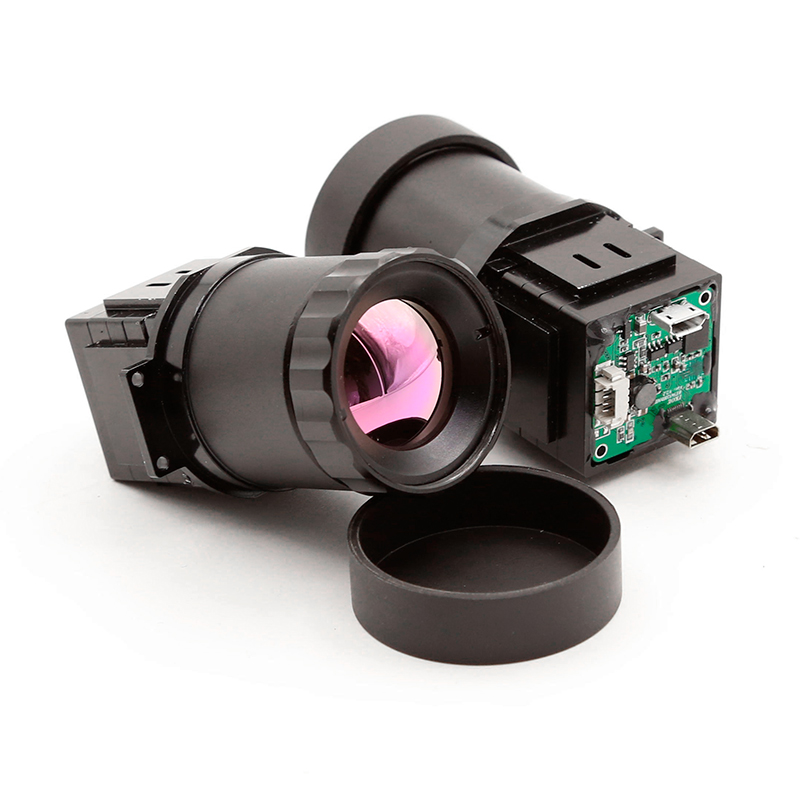
Highly sensitive detectors can sense weaker infrared radiation signals, thereby increasing the detection distance. For example, infrared equipment using advanced mercury cadmium telluride (HgCdTe) detector materials has high sensitivity and can detect infrared radiation emitted by targets at a longer distance.
Read MoreDecember 17,2024
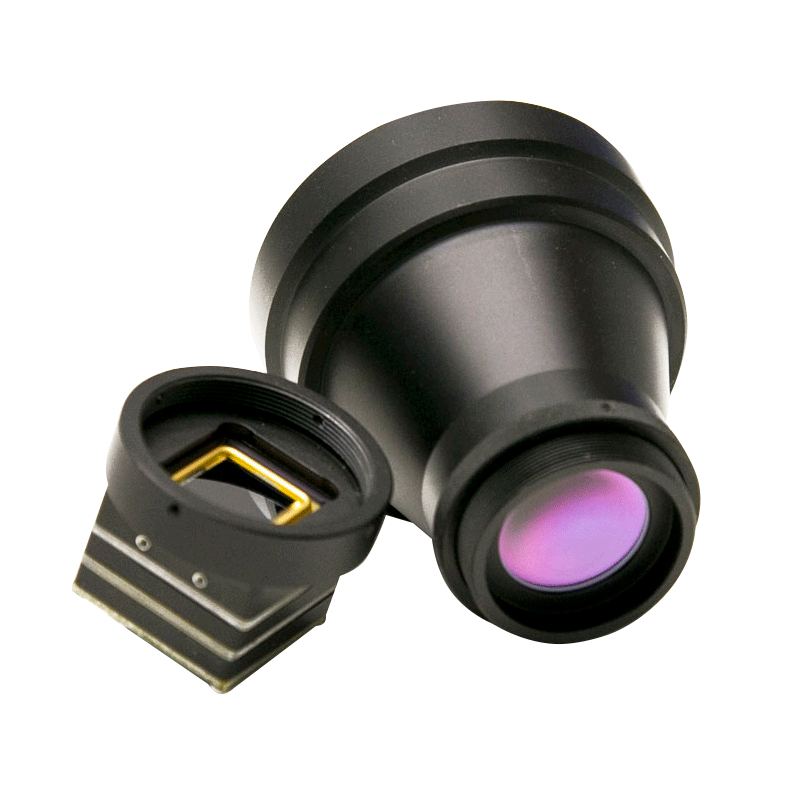
When the focal length of the lens is long, it is like looking through the long tube part of a telescope, and the range that can be observed is relatively narrow. In military applications, such as thermal imaging night vision devices used by snipers, if the lens is small, its field of view may be only a few degrees to more than ten degrees, which is conducive to accurately aiming at a single target at a long distance, and the user can focus more on the target details and eliminate surrounding interference factors.
Read MoreDecember 16,2024
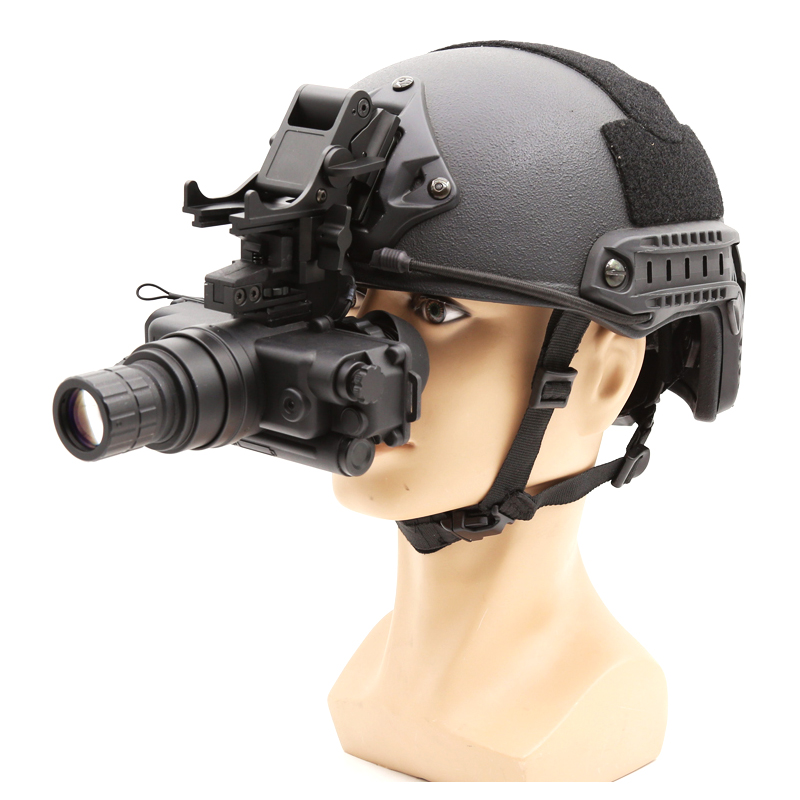
Low-light night vision goggles mainly rely on weak natural light, such as moonlight, starlight, etc., and generally do not emit signals themselves, so it is not easy to be discovered by the enemy. When performing covert reconnaissance missions, this feature allows users to better hide their positions.
Read MoreDecember 13,2024
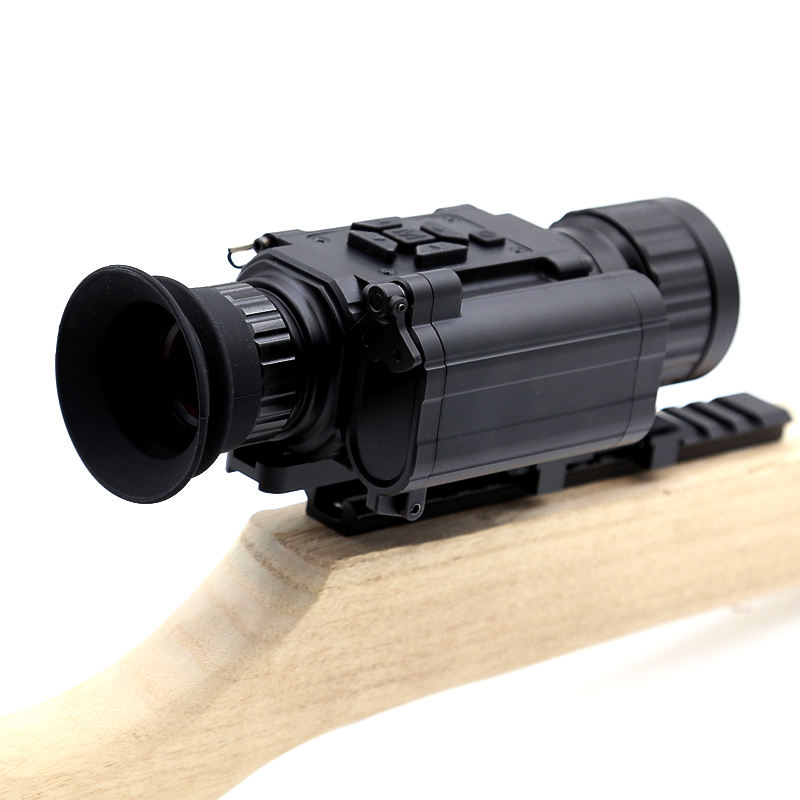
Thermal imaging gun sights usually have a universal mounting interface, which can be easily installed on various types of guns, and the installation is firm and stable, not easy to loosen and deflect, ensuring the accuracy and reliability of the sight during shooting.
Read MoreDecember 12,2024
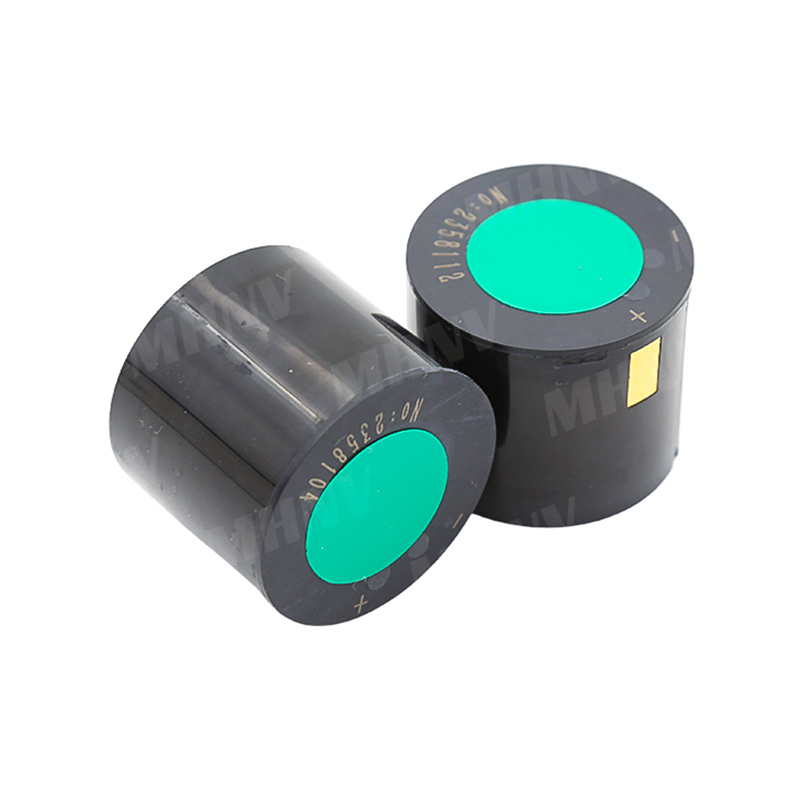
The service life of the third-generation image intensifier tubes is relatively long, usually around 10,000-15,000 hours. This is due to its more advanced manufacturing process and materials.
Read MoreDecember 11,2024